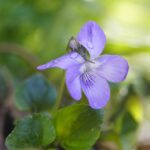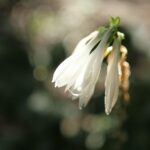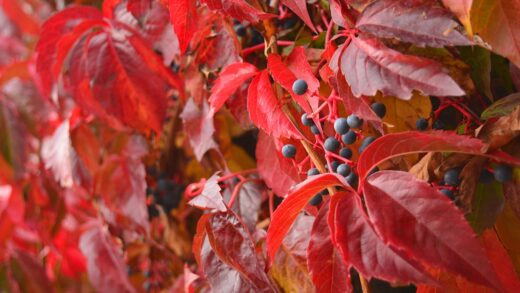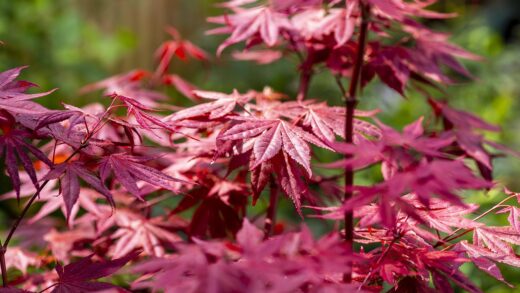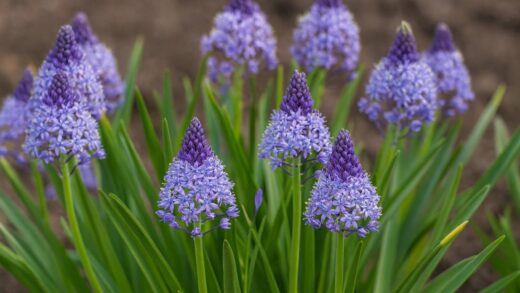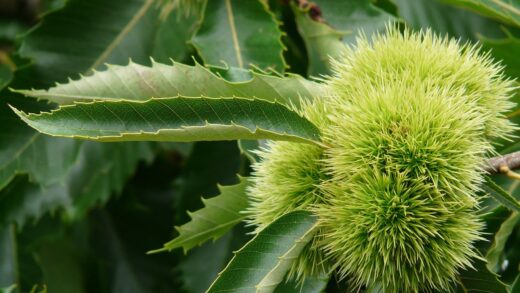Oleander, or Nerium oleander, is one of the most beloved Mediterranean shrubs, adorning our gardens and terraces with its magnificent flowers and lush foliage. Proper care, and specifically expert pruning, is crucial for maintaining the plant’s health and flowering. Many people are afraid of pruning, fearing they will harm the plant, but on the contrary, a well-timed and professional intervention helps the oleander grow into a dense, bushy shape and bloom profusely. It is important to understand that pruning is not just about shaping the plant, but also about removing diseased, dead parts that can hinder growth and flowering.
The fundamental goal of pruning is to keep the plant strong and healthy. Regular pruning contributes to a compact, aesthetic shape of the oleander and helps prevent the plant from becoming leggy. Additionally, pruning stimulates the formation of new shoots, which will bear flowers in the following year. Pruning an oleander is a kind of renewal process, during which the plant rejuvenates and gains new strength. It is important to remember to always use clean and sharp tools during pruning to avoid the spread of diseases and the infection of wounds.
Pruning an oleander is not a complicated task, but it requires some attention and knowledge. First, always remove dead, damaged, or diseased branches that are just unnecessarily draining the plant’s energy. Then, you can shape the plant to the desired form, taking into account its natural growth habits. During pruning, it’s important not to cut the plant back too much, especially if it is still young, as this can negatively affect flowering. Mastering the right technique and understanding the plant’s needs are key to successful pruning.
A well-pruned oleander is much more resistant to diseases and pests. Pruning allows the inside of the plant to get better ventilation, which reduces the risk of fungal infections. Fungi and other pathogens can easily settle among densely growing shoots, which can even lead to the plant’s demise. An airy crown helps sunlight penetrate the inside of the plant, which is essential for photosynthesis and growth. This kind of care ensures the oleander’s vitality and abundant flowering in the long run.
The Ideal Time and Types of Pruning
The most suitable time for pruning an oleander is in the spring, right after the dormant period, before the plant begins its active growth. At this time, the plant can more easily withstand the intervention and has enough time to develop new shoots for the summer flowering. It is important not to prune the plant in the summer when it is already flowering, as this would remove the flowering shoots and significantly shorten the flowering period. You can also prune in the fall, but in this case, be careful not to cut back too much, as the plant will have a harder time regenerating as winter approaches.
More articles on this topic
There are three main types of oleander pruning: rejuvenation pruning, maintenance pruning, and shaping pruning. Rejuvenation pruning is primarily used for aged, neglected plants, where the goal is a radical renewal of the plant. During this process, old, thicker branches are gradually removed, making room for new, vigorous shoots. Maintenance pruning is the most common, performed annually, with the goal of preserving the plant’s health and shape. With this type of pruning, spent flowers and weak shoots are removed.
Shaping pruning is used to create the desired form of the plant. With this method, you can control the height and width of the oleander and promote the development of a bushy, dense foliage. It is important to consider the plant’s natural growth pattern during shaping pruning and not force a shape on it that doesn’t suit it. During pruning, always choose the right cutting point, which is usually located slightly diagonally above a bud. This helps in faster healing of the wounds and prevents water from collecting on the cut surface.
Special attention must be paid to the toxins during oleander pruning. Every part of the oleander is poisonous, so always wear protective gloves when pruning and be careful not to let the sap get on your skin or in your eyes. The pruning waste should be safely disposed of, away from children and pets. Treating the wounds after pruning can also be important, especially for thicker branches, where a special wound-sealing paste can be used. This paste protects the plant from infections and helps the wounds heal faster.
The Right Tools and Techniques
The prerequisite for successful pruning is the use of the right tools. Always use sharp and clean pruning shears, a saw, or loppers, depending on the thickness of the branches you want to remove. Sharp tools leave a clean cut surface, which minimizes plant damage and speeds up wound healing. The use of dull tools can cause a jagged wound, which can be an entry point for various pathogens. It is important to disinfect the tools before and after each use, for example, with an alcohol wipe.
More articles on this topic
The pruning technique is also crucial. Smaller, thinner shoots can be removed with pruning shears, while thicker branches require loppers or a hand saw. The cutting angle should ideally be 45 degrees, about half a centimeter above a bud. This diagonal cut prevents water from pooling on the cut surface, which can lead to rot. Always cut above an outward-facing bud so that the new shoot grows outward and not toward the inside of the plant. This technique helps maintain the plant’s airiness and bushy shape.
For rejuvenation pruning, when you cut the entire plant back radically, it is worth proceeding gradually. Do not cut back all branches at once, as this can shock the plant and even lead to its demise. Instead, cut back one or two thicker, old branches to the base each year, stimulating the growth of new shoots from the inside of the plant. This method ensures that the oleander is continuously renewed and does not lose too much foliage at once. After this type of pruning, the plant needs more nutrients and water to regenerate.
During pruning, pay special attention to weak, thin shoots that are just unnecessarily draining the plant’s energy. Remove these entirely so that the stronger shoots get more nutrients and produce more abundant flowering. It is also worth removing spent flowering shoots, but only after the flowers have completely withered. This prevents the plant from using its energy for seed formation, which can be at the expense of flowering. With proper pruning, you can optimize not only the plant’s shape but also its flowering.
Post-Pruning Care
The period after pruning is crucial for the oleander’s quick and healthy regeneration. After pruning, it is a good idea to water the plant generously, especially if the pruning was heavy. Water helps in the absorption of nutrients and the regeneration of cells. In the first few weeks after pruning, it is important to monitor the plant and ensure it doesn’t dry out, but also don’t overwater it. Standing water can lead to root rot, which can cause the plant to die. The top layer of the soil should always be slightly moist.
Nutrient replenishment after pruning is also essential. Use a fertilizer solution that is high in phosphorus and potassium, as these elements help in root development and flowering. Nitrogen-rich fertilizers should be avoided or used in minimal amounts, as they excessively stimulate foliage growth at the expense of flowering. The fertilizer should be administered according to the size and condition of the plant, but always follow the instructions on the packaging. Excessive nutrient application can also be harmful.
Post-pruning care also includes protecting the plant from pests and diseases. Fresh cut surfaces can make the plant vulnerable, so it is worth checking it regularly for insects, such as aphids or scale insects. If you notice an infection, act immediately and use a suitable pesticide. Natural remedies, such as neem oil or potassium soap, are often effective and environmentally friendly alternatives. Prevention is always better than cure, so it’s worth checking the plant regularly.
Last but not least, post-pruning care involves properly relocating the plant. Place the oleander in a sunny, warm spot where it gets enough light for growth and flowering. After pruning, the plant may be more sensitive to sudden temperature changes, so avoid drafty areas. Pruned plants need some time to fully recover, so be patient and observe the plant’s reactions. With proper aftercare, your oleander can soon shine in its full glory again.










